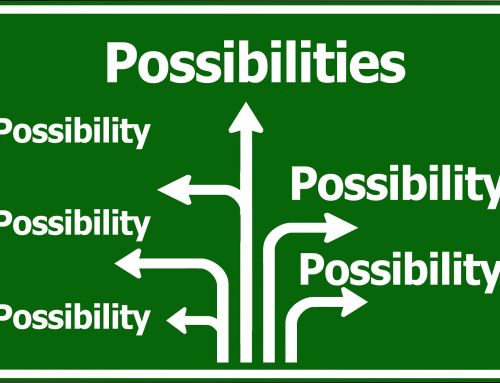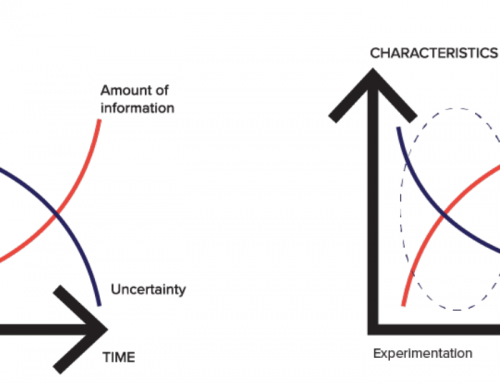Recommender systems in technology have become an integral part of human digital society. Human existence is saturated with options for everything, from swimwear brands to cellphone models, to cruise package options! Thus the adoption and use of recommenders has been wholly invited into almost every business. Since its inception in the 1970’s, recommenders have grown and morphed as technologies have become more sophisticated. Including the adoption of economic behavioral constructs such as nudges, and other personalization techniques. ecosystem.Ai has the technical expertise to build highly reliable recommender systems, as well as having the knowledge to construct behavioral models to make them even more effective. We also go one step further, by integrating psychological and sociological elements in order to strengthen the effectiveness of any recommender, in any business, from any sector.
Recommenders are a current hot topic, but do we know what they really are? Traditionally, recommenders were based almost entirely on “like” trends. Offers are still based on these ideas, of providing guidance in the form of ‘those who liked this thing, also liked these’, namely that they are recommending items of similar attraction to people of similar tastes. Some of the biggest companies in the twenty-first century have this in place. Amazon uses recommenders for product offers, spotify for music, instagram for images, and so the list goes on. The first recommender that resembles what we know now, was a librarian program called Grundy, which asked users a series of questions upon entering the application, and then recommended books they were likely to enjoy [Rich, E.. “User Modeling via Stereotypes.” Cogn. Sci. 3 (1979): 329-354.]. This revolutionary process morphed into ever-more reliable recommender systems that every digitally connected human knows about. Every day, they continue to grow, to include elements that personalise offers by individual behavior. These personalizations include behavioral economic techniques such as nudging to test the offer environment, and restructuring these environments to become more appealing to a user. Nudge theory is an in depth and complex topic that we will explore in more detail in later features. Other behavioral elements have been integrated into recommenders that serve to learn about the user, their tastes and their desires, in order to offer them only what they want; as well as helping to filter out the noise of what products are not relevant to them. In some instances, this has been found to be caging for the user, as humans do still have a yearning for new experiences too. Spotify is a great example of a company that has employed the use of multiple recommenders to make offers based on different needs. For example, with Spotify’s new Only You mixes – the majority of them that will feature artists or songs you know well, but there will also be a mix thrown in of a genre that, based on rhythms and beats you like, may be appealing. This concept is that of novelty – providing alternative recommendations that may be in your periphery, or not even on your radar yet. And while some of it may be way off, the feeling the user gets from exploring, and subsequently being able to choose whether they like or dislike, provides excitement.
These and other behavioral constructs are being used in many different ways. Now, recommenders are not only feasible in a social or media space, they have proven to have great value within businesses too. This is the space which ecosystem.Ai occupies. Using recommenders in a business environment is useful in a number of ways, such as offering intervention options for customers that are about to churn, or the best form of engagement for a customer based on a number of behavioral factors. There are a number of behavioral elements that work to enrich the productivity of recommenders, and these all work together within the machine learning process. One approach that ecosystem.Ai employs involves chaining together a series of recommendations in order to produce the clearest possible solution. With multiple recommenders strung together, the system iterates through each of these recommenders, selecting the most appropriate option to build out offers based on an accurate behavioral customer profile. Contained within the personality model, there are a number of output options that are determined by a customer’s personality. It is then ultimately the personality assigned to that customer that determines the overall experience. This behavioral architecture enriches the recommendation process and allows businesses to communicate with their customers more effectively. To further explain this process, let’s just explore what we mean by personality in a digital context.
Personality is described as the combination of characteristics or qualities that form an individual’s distinctive character, and is often based on individual motivations. Human personality has gone through many versions of this definition, and although there is not one agreed upon explanation, there are a few things we do know: Personality in its definition of individuality, is one anchor point of human decision-making. The reason for the actions and emotions of a human can be attributed to the distinctive collections of attributes that make up their personality. A great example to explain this comes from the OCEAN model outlined in contemporary psychology. Assigning individual’s a position on spectrums of five factors: Openness, Conscientiousness, Extroversion, Agreeableness & Neuroticism. Each of these factors is determined by the different patterns of behavior in various divisions of human life. Neuroticism as an example, is determined by the measure of an individual’s handle on their emotions – as most will know from the negative connotation attached to the word “neurotic”, those high in this factor are generally quite sensitive and particular. The point here is that most psychological theories are built on interactions with environments, and the internal processes that determine action and motivation within that environment. The same can be said for personality in an Artificial Intelligence context, namely that the patterns of interactions and actions a customer exhibits in a digital environment, can provide a picture of their personality. This picture comes from the various data points that make up a customer’s entire interactive profile, in any given sector of business and usually in the form of transactions.
In an effort to further improve the capabilities of recommender systems, ecosystem.Ai has taken what we know about the technical implementations of recommenders in various business environments, and combined it with personality and behavioral constructs. This enables the system to provide output that is tailored by attribute associated with the style and rhythms expected by each personality. ecosystem.Ai have outlined digital personalities that fit any business sector, such as banking, telecommunications, retail and more. Understanding the needs and desires of these personalities helps to refine the recommender process and provides a framework from which businesses can communicate with their customers more effectively. One example of this process that is currently in place is using customer history, alongside personality, to offer the right message to the right customer at the right time. This involves a chain of recommenders that will run through and select the right journey for a customer from a range of different options. The personality of the customer will determine the design, structure, amount of information, and words that are used to determine the engagement with the customer. The recommenders themselves will offer various combinations of options that may change depending on feedback from the customer. This process happens in real-time, assessing and validating the success in responsiveness from the customer, and offering other options to subsequently learn more about that customer’s behavior.
Recommender systems do more than just clear up the noise produced by an over-saturation of options in contemporary human society. Recommenders provide companies with the means to communicate more effectively with their customers too. The right communication methods and modes are an invaluable resource that every business needs to utilise in order to remain relevant in this rapidly expanding digital network. The only ways to truly enhance the personalization of communication is to ensure there is consideration of behavior and personality in the recommender systems. Keeping up with the progressive reality of recommenders involves more than just technical expertise, and often-times more than just one level of behavioral consideration. The ecosystem.Ai method of integrating personality at every level of customer interaction requires a special process that we have been improving and refining with every step of our machine learning processes. The vast opportunities that recommenders with personality afford to businesses of any size and in any sector is an invaluable fact, there is no improvement without the right recommendation system.
Jessica Nicole




